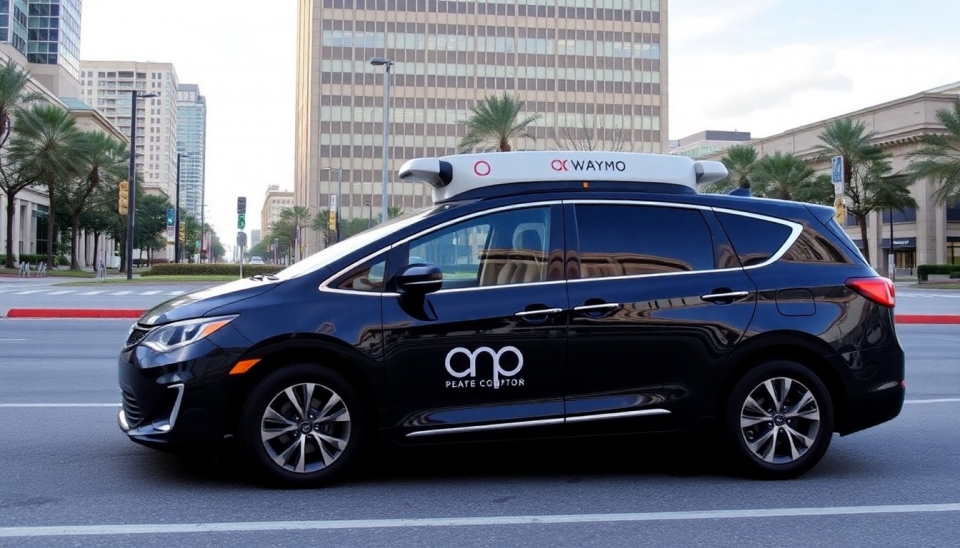
In a surprising turn of events, shares of ride-sharing giants Uber and Lyft experienced a notable surge following Tesla's recent announcement regarding its much-anticipated robotaxi. The unveiling of Tesla's autonomous vehicle, which was expected to revolutionize the transportation industry, turned out to be rather lackluster, sparking a rally in the stocks of its competitors.
On October 10, Tesla held a launch event for its decades-in-the-making robotaxi — a driverless vehicle aimed at providing rides without the need for human drivers. However, the presentation failed to impress investors and analysts alike, as many were left underwhelmed by the features and capabilities showcased. Tesla's CEO, Elon Musk, did not provide specific timelines for the rollout of the robotaxi service, leading to skepticism about the feasibility and market readiness of the project.
In stark contrast, the light shed on Tesla's vehicle translated into a bullish market response for Uber and Lyft. Investors reacted positively to the notion that the vision outlined by Tesla might not be as close to realization as previously thought. Uber’s stock saw a significant increase, climbing over 5% on the news, while Lyft also benefited, posting gains of approximately 4% as investors repositioned themselves in anticipation of continued demand for ride-hailing services.
Market analysts have suggested that Tesla’s delay in launching a viable robotaxi service could signify a prolonged opportunity for traditional ride-share platforms to capture a larger share of the market. With consumers still heavily relying on services offered by Uber and Lyft, the perceived setbacks of Tesla may ultimately work in favor of these established companies. In a recent note, one analyst stated, "The prospects for Uber and Lyft remain strong as they continue to adapt and innovate, even in the face of electric vehicle competition."
Moreover, Tesla's robotaxi, characterized by its lack of a steering wheel or traditional driving controls, has come under scrutiny for its practicality. Questions about safety, regulatory hurdles, and consumer acceptance loom over the future of Tesla's autonomous riding plans. While the company aims to lead the charge in electrification and self-driving technology, it may still have a considerable way to go before the public embraces its vision compared to the relatively established platforms of Uber and Lyft.
As the race for autonomous vehicle technology heats up, it becomes increasingly clear that consumers and investors are not ready to abandon the current ride-hailing services that have become entrenched in urban transportation. The uncertainty surrounding Tesla’s rollout may reinforce user loyalty to Uber and Lyft, allowing these platforms to flourish in a marketplace that remains cautiously optimistic about the future of self-driving vehicles.
In summary, the slip in Tesla's ambitious projections has led to favorable sentiments for Uber and Lyft, granting them the advantage they need to solidify their positions in the ride-sharing arena as they continue to innovate and respond to changing market dynamics.
As the discussion surrounding autonomous vehicles evolves, it will be crucial for stakeholders to keep a close eye on developments from Tesla and its competitors to gauge the possible trajectory of the ride-sharing industry in the coming years.
#Uber #Lyft #Tesla #Robotaxi #StockMarket #Investing #RideSharing #AutonomousVehicles #ElonMusk #FutureOfTransport
Author: Liam Carter




